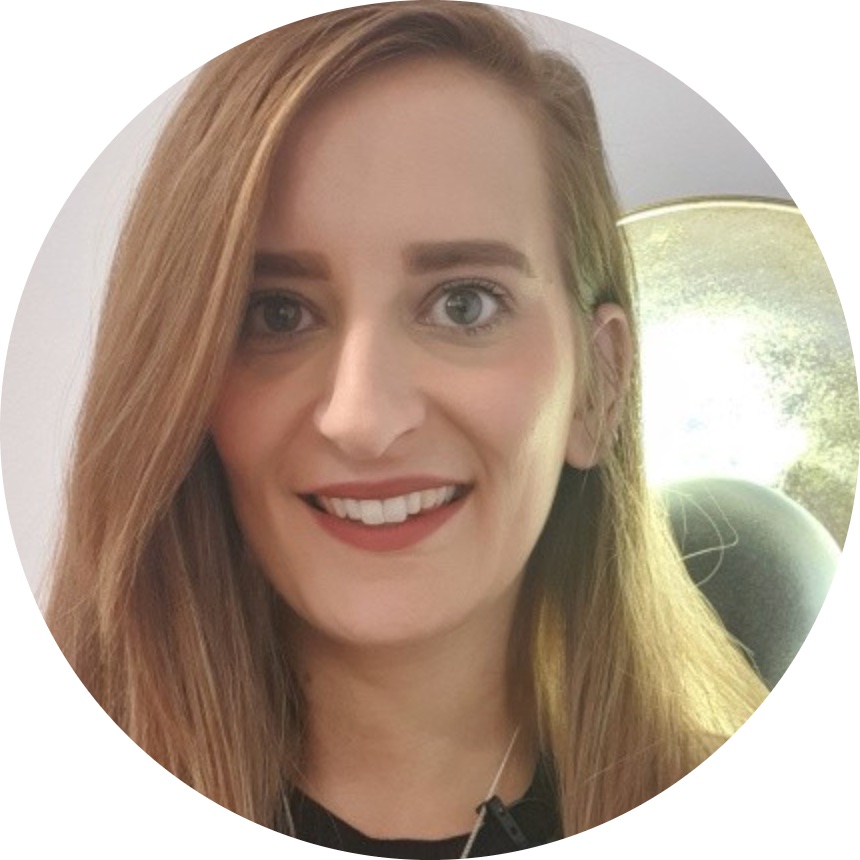What media and marketing execs have learned from flexible-working experiments

This article is the first of a three-part series in which we round up a range of flexible models used by employers in different sectors.
Leading media and marketing organizations have been in the vanguard of pioneering flexible-working policies in the last couple of years.
For example, Spotify launched a new work model called “work from anywhere” in February 2021 that was music to the ears of its 8,600 employees, according to data published in August 2022. The policy enabled staff to decide when they worked in a Spotify office or wherever else on the planet, as long as the music-streaming company had a country hub. As a direct result of the policy, and despite the Great Resignation trend, Spotify claimed staff churn had reduced compared to pre-pandemic levels and increased the diversity of its workforce.
Elsewhere, streaming giant Netflix is lauded for its impressive level of flexibility for employees, as well as a progressive benefits package. It may be headquartered in California – the U.S. doesn’t provide maternity or paternity leave to citizens – but Netflix has one of the most robust parental plans in the world, offering a full year of maternity and paternity leave for employees.
To discover what others in the marketing and media industries are doing regarding flexible working, WorkLife spoke to a range of organizations. Below we explore a hybrid working model that has boosted productivity by 56%, a fully remote policy – and Friday afternoons off – flexible-working holidays, and a “work your own way” culture.
Hybrid working that works
Anna Morrish, managing director and founder of digital marketing agency Quibble, shifted to a hybrid working model “as more of a precaution due to coronavirus” and introduced a Mondays-in-the-office policy in August 2021.
However, four days away from the office was problematic, so in-office Wednesday was soon added. “We found [just Mondays] to be too restrictive in terms of creating in-person dialogue and communication,” she said. “We understood that the isolation and limited interaction was starting to impact the mental health of the team to varying degrees.”
Morrish wanted to ensure that all Quibble employees could still come into the office and “enjoy the face-to-face collaboration that had been missing during the worst of the pandemic” while being safety conscious.
It took a while for the staff to acclimate to the shift, but once they had rebalanced priorities and workloads so that in-office days focused on collaboration and tasks unfeasible at home, the company thrived.
“The hybrid working model has worked incredibly well for us,” said Quibble’s digital PR executive Dale Bonsor. “I’d miss a lot with the kids when I worked in the office full-time, but now I can pick them up and drop them off at school, and I’m grateful I can do that.”
Moreover, the productivity metrics are impressive. “We’ve seen a 56% increase across the teams,” said Morrish. She encouraged other business leaders to experiment with innovative, flexible working policies. “Before the pandemic, businesses were very reluctant to try different working models, but I say as long as you have a team you can trust, then it doesn’t matter where you work or when: the work will get done,” she added.
Fully remote (and side hustles)
The Social Element, a global social media agency, pioneered 100% remote working before the pandemic. Ashley Cooksley, the CEO of North America, stressed how being an early adopter of videoconferencing technology broadened the talent pool. “It allowed us to recruit and retain the best talent anywhere in the world,” she said. “We’ve always believed that talent can exist anywhere and everywhere – and that teams can collaborate in countless ways that don’t tie them to the same physical shared space.”
In addition to providing flexibility in working location, The Social Element also facilitates flexibility in terms of working time. “We have people who set their hours around the school run, gym classes, pet care, and even choir rehearsal,” added Cooksley.
Some use the time not commuting to dial-up side hustles. For example, Libby Rule is based in Kansas City, Missouri, and has been social content creator at The Social Element since May 2022. “I can do what I love: live painting weddings,” she said. So far in 2022, Rule attended 35 weddings, including 10 in other states. “None of this would have been possible If I had to commute to work day in and day out,” she added.
The Social Element was named in WorkL’s Employee’s Voice Best Workplace as a “star winner” in the marketing and advertising industry, having scored an employee happiness score of 92%.
Regardless of the plaudits, the organization is looking for other ways to improve the employee experience, and in the summer of 2022 piloted flexible Fridays. “If our employees have completed their weekly hours by Friday lunchtime, they can take the afternoon off and start their weekend early. Our teams love it, so we made it permanent,” said Cooksley.
Extended flexible holidays
Hook, a creative production house based in Ann Arbor and San Francisco, has spent the last three years developing its ways of working – and concluded that less (work) is more.
To “offset the exhaustion” people were feeling due to the pandemic, Hook took a company-wide, 30-day break around the holidays in 2021 to disconnect and recharge, said COO Alison Davis. “This year, we have evolved the approach to include a two-week break at the end of the year, a one-week break in the summer, and a couple more holidays throughout the year,” she added.
The flexible holiday policy, established in 2022, means that employees’ batteries are higher than those of competitors. “Offering a flexible holiday schedule is one piece toward building that life-work balance we all deserve and need,” said Davis.
Grace Kim, associate design director, summed up staff morale. “I have never worked for a company that took mental health as seriously as Hook, and this has tremendously improved my well-being and quality of life.”
Work your own way policy
Business-to-business technology marketing agency 3THINKRS launched in July 2021 with a “Way Your Own Way” culture. Ruth Jones, CEO, explained this policy is driven by a “well-being-first belief that people deliver their best when they work to their own rhythm.” She added that staff members are empowered to design their working hours to “when they feel most productive, allowing them to find their stride and uniqueness.”
However, she conceded there were some teething problems. “Looking back, we should have provided more guidance on communication techniques while people roamed,” said Jones. A “work boot camp” held at Centre Parcs in the U.K. in October 2022 helped raise challenges and determine solutions. “We learned a lot about different communication styles and needs,” she admitted. “As we evolve, we hope to build our intelligent working handbook, ensuring we continue to embrace each other’s needs.”
The organization has also employed a “Pop-Up Working” policy that has brought teams together in London, Rome, Paris, and Amsterdam for inspirational off-site meetings. “New experiences ignite creativity,” said Jones.
Hana Peacefield, an account executive at the company, agreed. “Having the freedom to work abroad, I’ve begun to catch up on the adventures I missed out on during the pandemic,” she said. “The changing rhythm and exciting new settings keep me on my toes, helping me work on my communication and time management while inspiring creativity and out-of-the-box thinking.”

